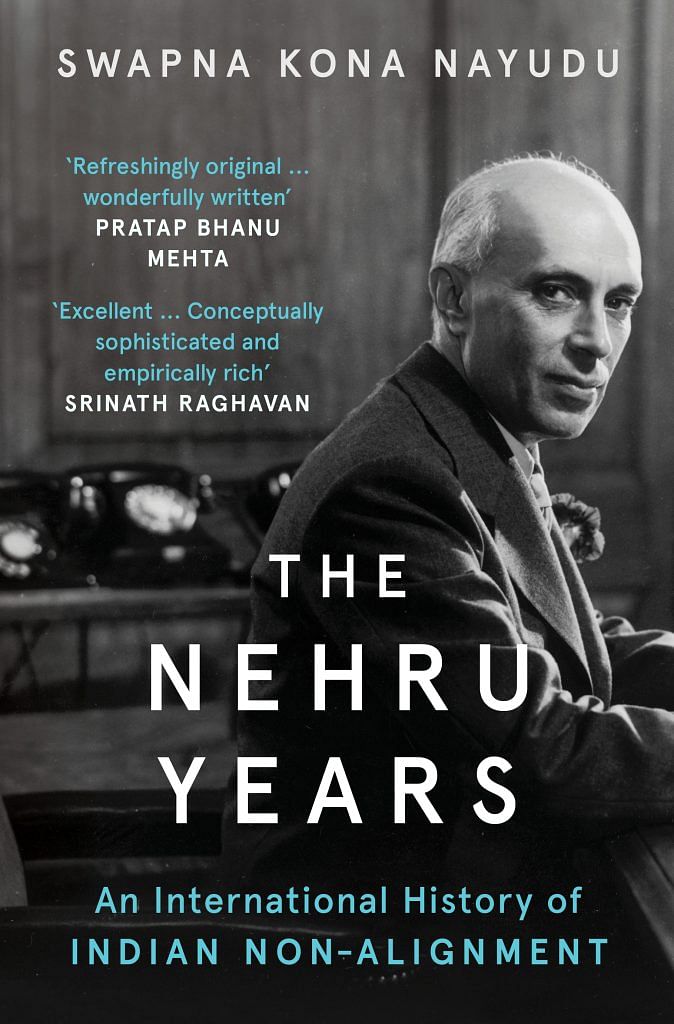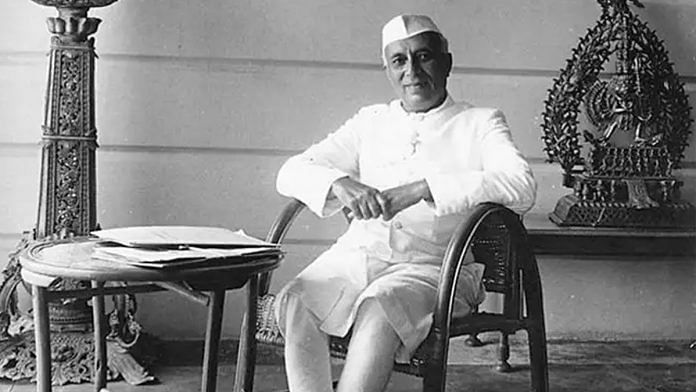Egypt seemed to have accepted these Indian overtures because amongst other reasons, India hadn’t called Neguib’s rule a coup d’etat. On 6 April 1955, India and Egypt had signed a Treaty of Friendship and Cooperation, which emphasized “a spirit of brotherliness” in the diplomatic relations between the states. Later that month, Nasser made two stops at New Delhi to meet Nehru – one on the way to Bandung and then again on his return. At their first meeting on 12 April 1955, Nasser spoke to Nehru at length about the Arab-Israeli conflict, particularly that the “Gaza strip was totally indefensible” and that “ever since Ben Gurion’s come back, Israel had become more and more aggressive”. On his return trip, Nasser referred once again to “the difficulties in the Arab countries”, and talked about a defence pact between Syria, Egypt and Saudi Arabia. Nehru did not find this idea useful and sought to remind Nasser that in “the unfortunate event of a war with Israel, the burden would fall on Egypt. Saudi Arabia did not even have a common frontier with Israel. Syria would do little”. It is evident that Nehru tried to steer Nasser away from the idea of defence pacts and towards the non-aligned countries, possibly because he thought of the group led by Nasser as “a small military group, with the support of the army… a good group, honest and seeking the welfare of Egypt” and of Nasser as “a good man and trying his best to face and overcome these evils”.
In this assessment, Nehru was influenced by his own observations of the negotiations over the Suez Canal, to which he referred periodically as an issue of international significance. He had also been receiving news from Apa Pant about the centrality of Egypt to the entire African continent either by virtue of its location and through the practice of Islam that gave Egypt a special bond with the countries of the Mediterranean and with Equatorial and West Africa. Pant reminded Nehru that until very recently “Egypt had her face turned towards Europe and European civilization” but that through the revolution Egypt had “burst into the consciousness of Africa”. When Ali Yavar Jung took over from Apa Pant in 1955, he wrote to Nehru warning him of rising anti-Indian sentiment in West Asia; Nehru identified this line of propaganda as the idea that India was “pro-communist”, and that India was “trying to develop into a strong dominant power”. Nehru sought to neutralize this anti-Indian sentiment and to build closer ties with West Asia by encouraging Egypt to accept non-alignment and by following a resolute policy towards Israel, one that specifically denied any connection between the questions of Israel-Palestine and that of the ill treatment of Jews by Hitler. Nehru also noted that there was “a great deal of sympathy in Europe and America for the Jews” but “that had nothing to do with the present situation”. Nehru had even conceded, albeit reluctantly to the Arab demand to not include Israel in the Bandung Conference. All in all, by the end of 1955, Nehru had distanced himself from the Western position on Israel, had consolidated India’s efforts to encourage secular Arab nationalism in West Asia and had recognized Nasser as a significant partner in the process.
At Bandung, Nehru had sought to further integrate Egypt with the other Third World nations, including Yugoslavia. Thus, when Tito invited Nehru and Nasser to his retreat in Brioni on the Adriatic Sea, the three undertook a series of discussions and announced a set of “principles that should govern international relations” on 18 July 1956. The United States had paid close attention to the Bandung Conference and was now witnessing the founding of the NAM, particularly the part of the joint statement “expressly disassociating Egypt from any dependence on the West”. Although Egypt and the US had entered into talks in November 1955 on American financing for the Aswan Dam to be constructed on the Nile, the US Secretary
of State John Foster Dulles withdrew any offer of assistance on 19 July 1955, possibly in response to the statement issued by the three non-aligned leaders the previous day, but also as a cumulative effect of other happenings in Egypt, such as the finalization of an arms deal with communist Czechoslovakia in 1955 and Egypt’s recognition of communist China in May 195632. Additionally, the Indian Ambassador Ali Yavar Jung was certain that the American offer had been a mere counterfoil to an earlier Soviet offer for assistance, but once the Soviets withdrew their offer in June 1956, the Americans were looking for a pretext to withdraw theirs too.
At the end of the meeting of the non-aligned leaders, Nehru and Nasser flew back to Cairo on the same day; en route from Brioni to Cairo, Nasser showed Nehru the text of Dulles’s speech announcing the withdrawal of assistance for building the Aswan Dam, in which the Americans had pointed to doubts about Egypt’s economic climate, to which Nehru said, “These people, how arrogant they are”. When they arrived in Cairo, Nehru and Nasser continued to hold talks for the next couple of days before Nehru left for India on the afternoon of 21 July 1956. During these Nehru-Nasser talks in Cairo, Nasser informed Nehru that he had decided to give up the Aswan Dam project, and was encouraged in this line of thought by Nehru, particularly as Nehru thought the Arab-Israeli tension was dissipating as at Brioni, the leaders had received an informal message from Ben-Gurion saying that Israel had erred in leaning on the Western powers and had realized that “they were of Asia and must look to Asia”.
 This excerpt from The Nehru Years: An International History of Indian Non-Alignment by Swapna Kona Nayudu has been published with permission from Juggernaut.
This excerpt from The Nehru Years: An International History of Indian Non-Alignment by Swapna Kona Nayudu has been published with permission from Juggernaut.






